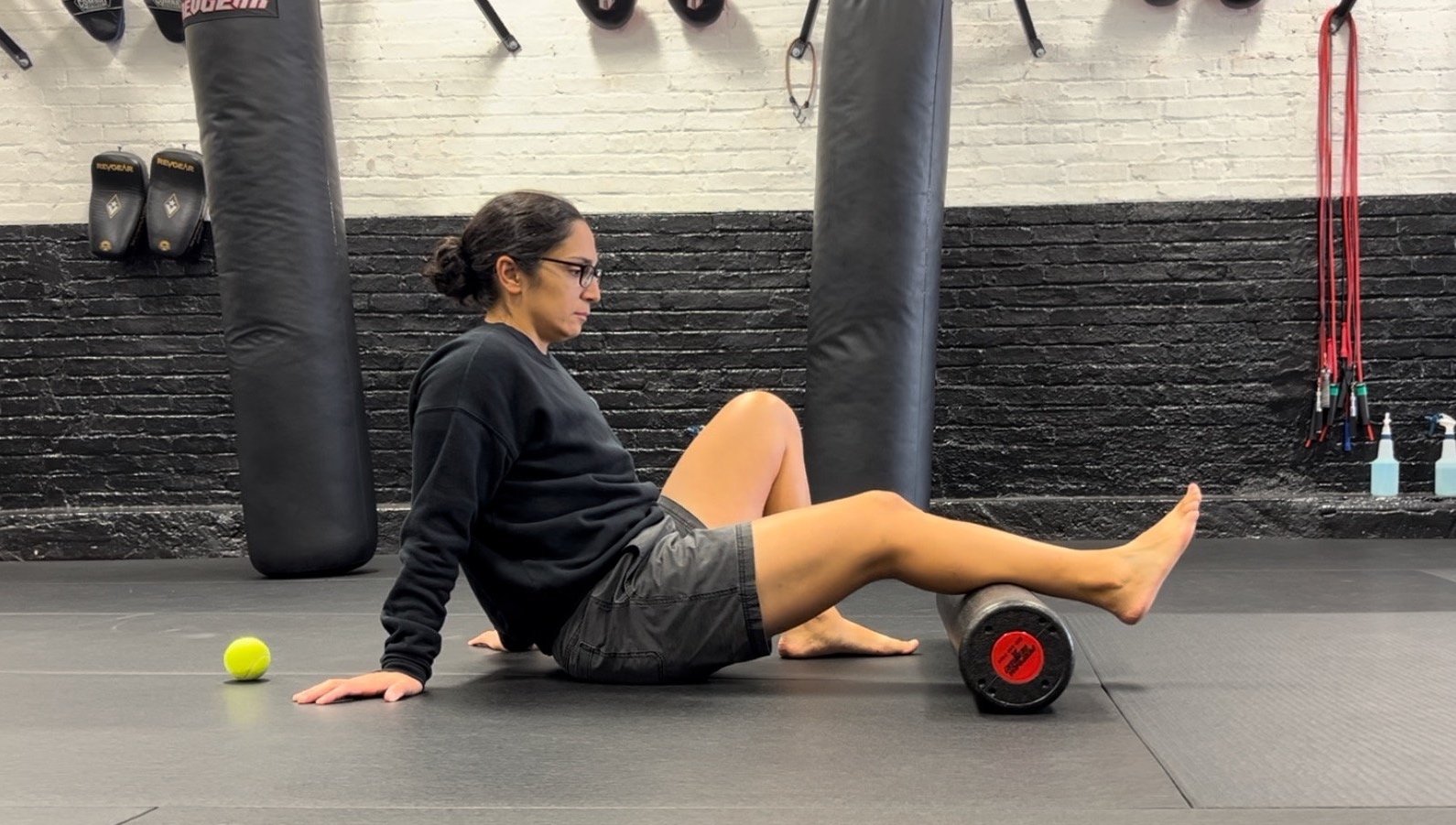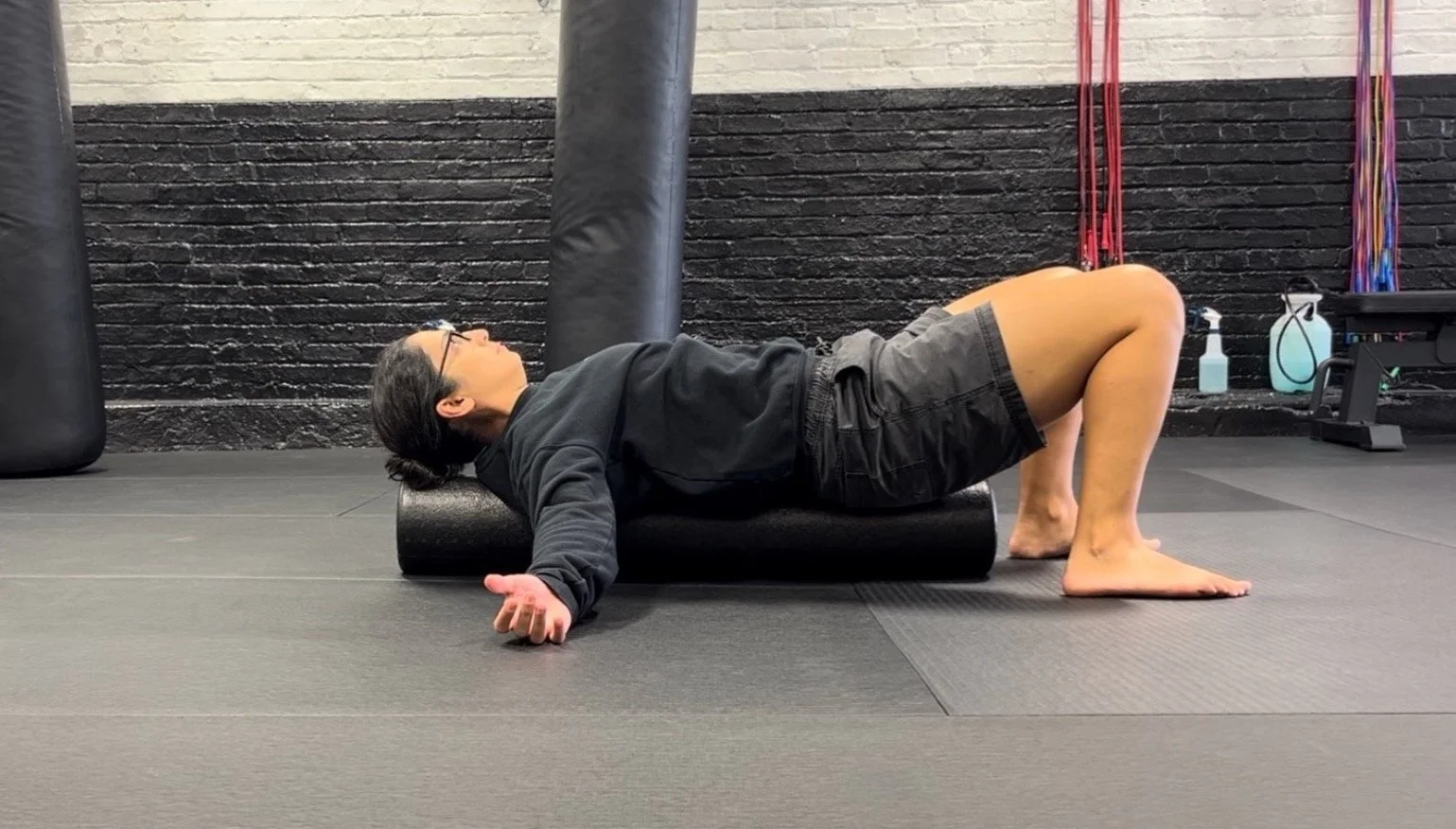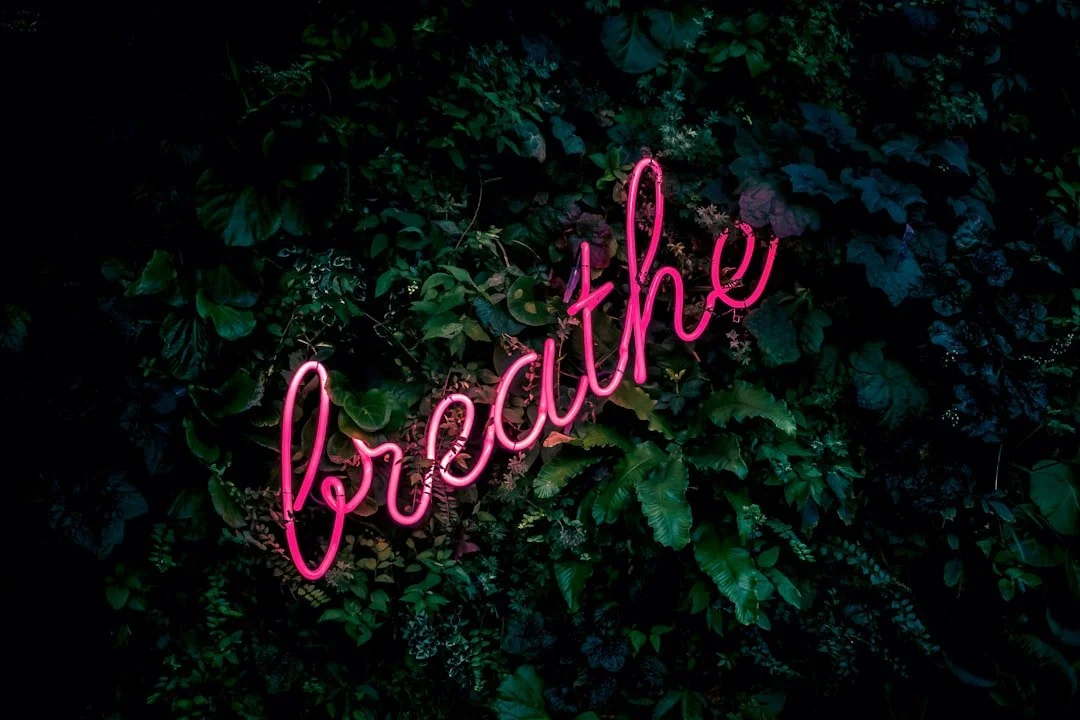Foam rolling: the cheapest massage
What is foam rolling? Try rolling these four places for tension relief.
Photo by Ivan Bandura on Unsplash
Does your back feel the way this tree looks? If so, foam rolling might be for you…
What is foam rolling and what does it do?
Foam rolling, or self-myofascial release, is essentially self-massage. When you go to get a massage or any soft tissue work, pressure is applied to your muscle tissue. The pressure from the massage acts as a stimulus to your muscles and causes a chemical reaction. These chemicals then begin a healing process to change the quality and organization of your muscle fibers, making them stronger and healthier.
If you’ve ever used a foam roller, you may be familiar with the “good pain” they produce. You may feel more pressure or tension due to increased muscle density when you roll over sensitive areas like your glutes, lower back, or calves. Foam rolling muscles that are tight or have “knots” creates tissue length, making you feel less stiff and more mobile. For more information on foam rolling, see Mike Boyle's Advances in Functional Training.
Who should foam roll?
Anyone who hates doing this! Just kidding. But seriously, if you hate foam rolling as much as I do, you probably need it. Similar to yoga, the people who actually do it need it the least, and those (like me) who would rather do almost any other type of exercise need it the most. If you’re someone who rarely has muscle tension, stiffness, or soreness, you’re a unicorn and I’d love to hear from you! Jokes aside though, that’s great and you should keep doing what you’re doing. Foam rolling can still provide other benefits, such as warming up your tissues before training.
If you fall into the second category of people and are someone who doesn’t even like looking at a foam roller, let alone using one, you could probably really benefit from adding this to your practice. You don’t need more than 5 minutes, and I’d even be willing to bet that once you start, the five minutes will fly by and you’ll want to keep going. Once you start to feel things loosen up and “unknot,” the tension relief makes it worth the work. On days when I really can’t even consider getting onto the floor to use this tool, I pick one tense area to start with and just work that one spot. I usually end up wanting to do more, but if not, I know I at least got some recovery in!
Lastly, if you’ve never used a foam roller and are new to this tool, I’d suggest starting from standing and using the wall for assistance. Placing most of your body weight on your mid-back or shoulder blade might feel justtt a bit intense and probably pretty unpleasant when you first start out. Placing the foam roller against the wall and leaning into it allows you to adjust how much pressure you apply and gives you much more control.
4 places to foam roll to relieve muscle stiffness and tightness:
1. Feet: Rolling your feet regularly (about 1-2 minutes daily) helps alleviate foot and lower back pain and stiffness. Try using a small, soft ball, like a tennis ball or handball and gently roll the bottom of your foot on the ball.
Gently roll the bottom of your feet.
2. Calves: Roll your calf up and down the foam roller. Start by keeping your hips on the floor and keep the movement small. You can also gently rock your leg from side to side to massage the muscle from a different angle. Once this feels more comfortable, you can apply more weight by lifting your hips off the floor.
Start with your hips on the floor. If this feels okay, you can use your hands to raise your hips and apply more pressure.
3. Glutes: Place your left ankle over your right knee and gently roll back and forth on the foam roller. Your focus will be on your left glute. When you feel a more tender spot, stay there for a few seconds and take a few relaxed breaths. Repeat on the other side.
Focus on the glute side where your foot is off the floor. Gently roll back and forth.
Pecs: While there is a way to truly foam roll your pecs, this position uses the foam roller to stretch and open your chest. Lay on the foam roller vertically, so it’s directly underneath your spine and head. Keep your knees bent with feet on the floor and open your arms to a “T” position. Let your hands fall toward the floor. Take a few relaxed breaths in this position and let the front of your chest, near your armpits and sternum, open up and stretch. Make sure your head is on the foam roller and try to keep your neck relaxed.
Try to take long, relaxed breaths in this position. Use your feet to help you stay balanced on the roller.
Main takeaways for foam rolling:
Foam rolling should never cause bruising or significant pain. While it may feel uncomfortable, you should feel better afterward, not worse than when you started. If you’re feeling intense pain, it’s too much pressure. Instead, try using the roller against the wall to reduce the amount of pressure. This will also give you more control over how much weight you’re bearing on your tissues.
If you’re incredibly sore after a massage or foam rolling session, it was too much! Think of it like a workout. If you finish your workout and your soreness levels interfere with your daily activities, you pushed too hard. The same applies to recovery modalities. More is not necessarily better!
When you find an area with more tension or sensitivity, stay in this spot for a few breaths. You don’t need to push harder; instead, try to breathe and allow the tissues to relax and lengthen.
Where to buy a foam roller?
First, no, I don’t have any affiliations with any of these companies. I just know what it’s like to search endlessly on Wirecutter and Reddit for the “perfect” [insert product here]. Since I’ve already done that work, I figure I’ll just go ahead and send you some recommendations. See the links below for a few options!
Here is a quality, standard foam roller from Perform Better. If you want a full-length one like the one shown in the pictures above, you’ll want the 3-foot version. If you don’t have space for that or want a smaller one, you can always opt for one of the shorter ones. Perform Better has great equipment and excellent customer service, so this is also a good resource for any equipment needs you might have.
The Rollga foam roller is another option that is a little more “involved” than the standard foam roller listed above. Its ridges help you reach hard-to-reach places in your glutes and shoulders/upper back. It’s also a bit smaller. However, you can’t roll on it for something like the pec stretch shown above.
This one from Amazon Basics is an alternative to the Perform Better option, but I will mention that it’s incredibly dense and hard, making it almost too painful to use if you’re very tight. Don’t say I didn’t warn you!
Photo by Fabian Møller on Unsplash.
A reminder to breathe while you roll!







